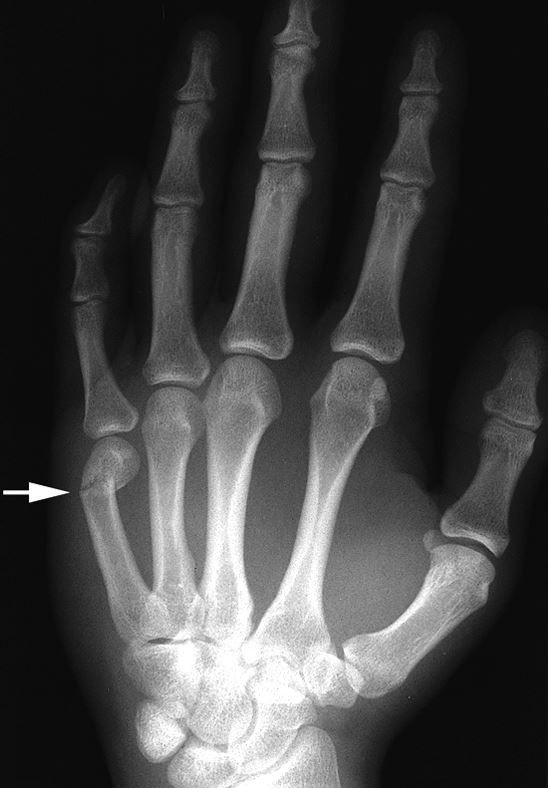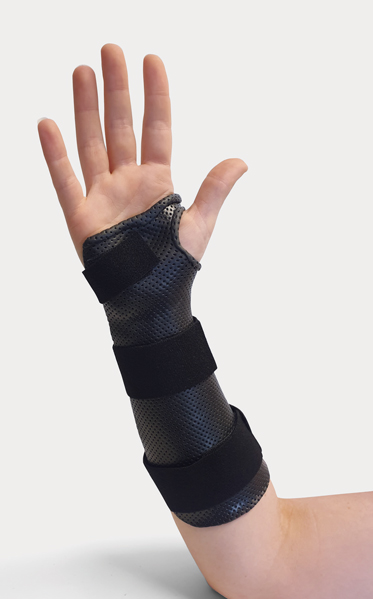Fractures and Dislocations
Fractures and Dislocations of the Hand and Wrist: A Comprehensive Guide
Learn about fractures and dislocations of the hand and wrist: causes, types, and treatments. From Boxer's Fracture to Colles' Fracture, understand the importance of prompt diagnosis and proper management for optimal healing and functionality.
Fractures of the Hand:
- Boxer's Fracture: Often seen in the fifth metacarpal due to direct impact, like punching. Early recognition is crucial for effective treatment.
- Bennett's Fracture: Involving the base of the first metacarpal, often from thumb force. Prompt diagnosis is essential to prevent complications.
- Scaphoid Fracture: Common in falls on an outstretched hand, affecting the bone near the base of the thumb. Immediate medical attention is necessary to avoid long-term issues.
Dislocations of the Hand:
- Finger Dislocations: Displacement of finger joint bones can lead to significant discomfort and hand function impairment. Proper reduction techniques are critical for successful treatment.
- MCP Dislocation: Injury to the joint connecting the metacarpal bone to the proximal phalanx requires careful examination and management to prevent long-term complications.
- Carpal Dislocation: High-energy trauma can result in wrist bone dislocation, necessitating immediate medical intervention for stabilization.
Fractures of the Wrist:
- Colles' Fracture: Involves the distal end of the radius, often from a fall onto an outstretched hand. Timely diagnosis and proper immobilization are essential for optimal outcomes.
- Smith's Fracture: A reverse Colles' fracture from a fall onto a flexed hand, requiring accurate reduction techniques for restoring normal wrist function.
- Scaphoid Fracture (additional): Challenging to diagnose due to subtle symptoms, scaphoid fractures require careful evaluation and management to prevent complications.
- Barton's Fracture: Involves the distal end of the radius and may include wrist joint dislocations, necessitating surgical intervention for stabilization.
- Chauffeur's Fracture: Affects the radial styloid process, often resulting from a direct blow to the hand, requiring prompt medical attention for proper treatment.
- Fracture-Dislocation: Wrist fracture associated with carpal bone dislocation requires a multidisciplinary approach for optimal management and outcomes.
Treatment:
- Immobilization: Splints, casts, or braces are used to immobilize the injured hand or finger, promoting proper healing.
- Reduction: Manual realignment of bones is performed in cases of dislocation to restore normal anatomy and function.
- Surgery: Complex fractures or dislocations may require surgical intervention to stabilize bones and facilitate optimal healing.
- Hand Therapy: Post-healing exercises and rehabilitation programs are essential for regaining strength, flexibility, and function.
- Pain Management: Medications or injections are administered to manage pain and inflammation during the healing process.
- Prompt Medical Attention: Early evaluation, accurate diagnosis, and adherence to treatment protocols are crucial for optimal recovery and to minimize long-term effects.
This comprehensive guide provides valuable information on fractures and dislocations of the hand and wrist, along with their treatments, to educate individuals and healthcare professionals on the importance of timely intervention and appropriate management strategies.




© 2023 Healing Hands Hand Therapy All Rights Reserved
